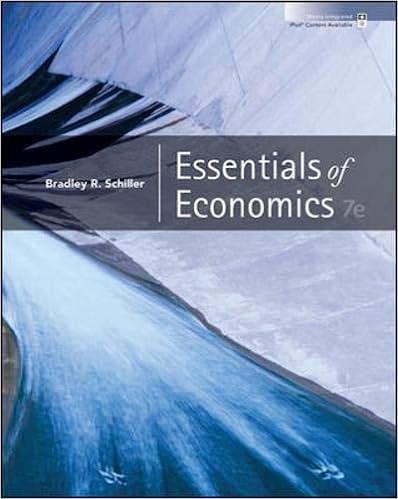Question
Suppose that the production function is Y = zK 1 2N 1 2 and that 8% of capital wears out every year. Assume that the
Suppose that the production function is Y = zK 1 2N 1 2 and that 8% of capital wears out every year. Assume that the rate of growth of the population is 2% and the saving rate is 20%.
(a) If z = 2, what is the steady-state capital per worker, kss, the steady-state output per worker, yss, the steady-state consumption per worker, css, and the steady-state investment per worker, iss?
(b) What is the steady-state growth rate of the capital per worker, kss, and the steady-state growth rate of the output per worker, yss? And what is the steady-state growth rate of the capital stock, Kss, and the steady-state growth rate of the aggregate output, Yss? Show your work.
(c) What is the golden rule level of capital, k ? , and the savings rate associated with the golden rule level of capital, s ? ? Can the country increase the consumption per-capita by changing the saving rate?
(d) Now assume that there is no population growth, i.e. n = 0, and that the saving rate is given by some other value called s 0 . Suppose that this economy is in a steady state where the marginal product of capital is less than the depreciation rate. By changing the saving rate is it possible to increase the steady state consumption per-capita? Explain how would you change the saving rate.
Step by Step Solution
There are 3 Steps involved in it
Step: 1

Get Instant Access to Expert-Tailored Solutions
See step-by-step solutions with expert insights and AI powered tools for academic success
Step: 2

Step: 3

Ace Your Homework with AI
Get the answers you need in no time with our AI-driven, step-by-step assistance
Get Started


